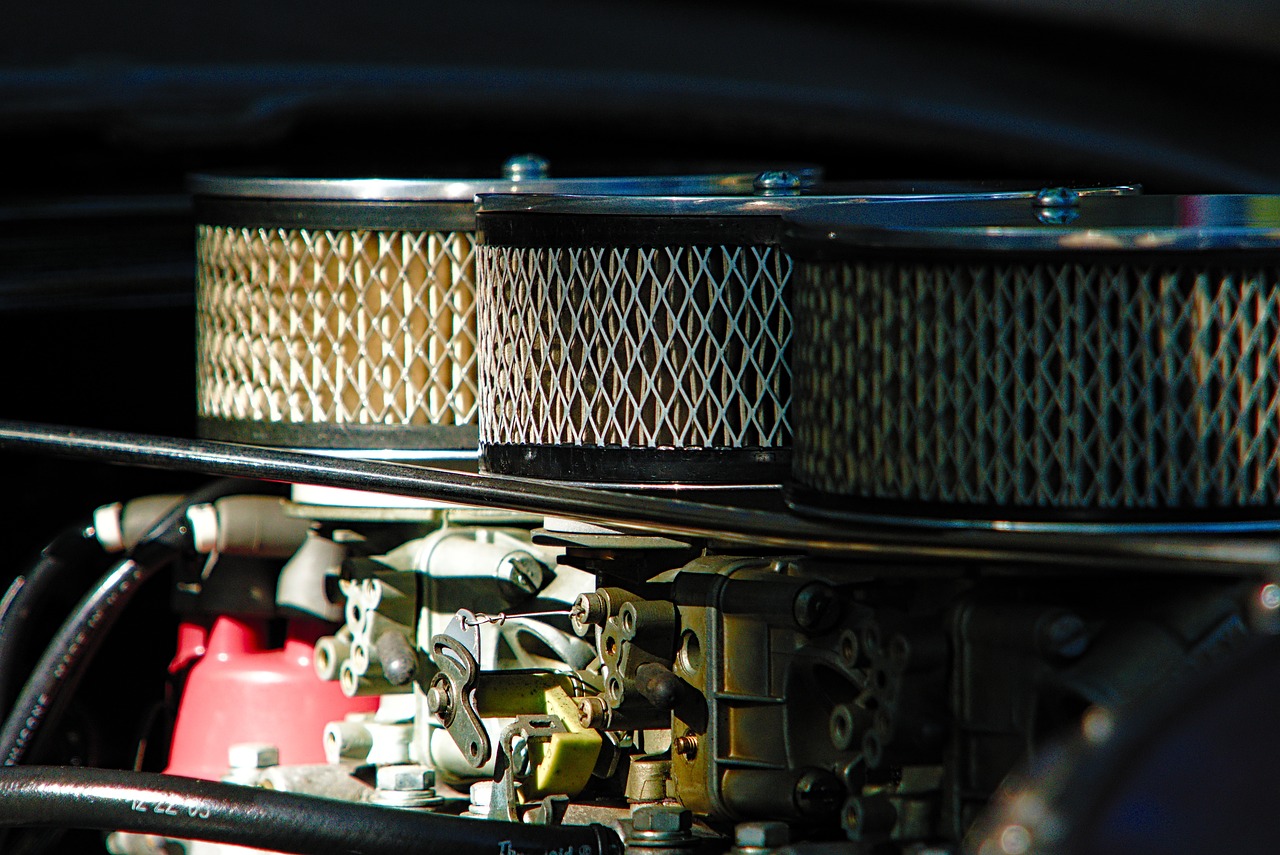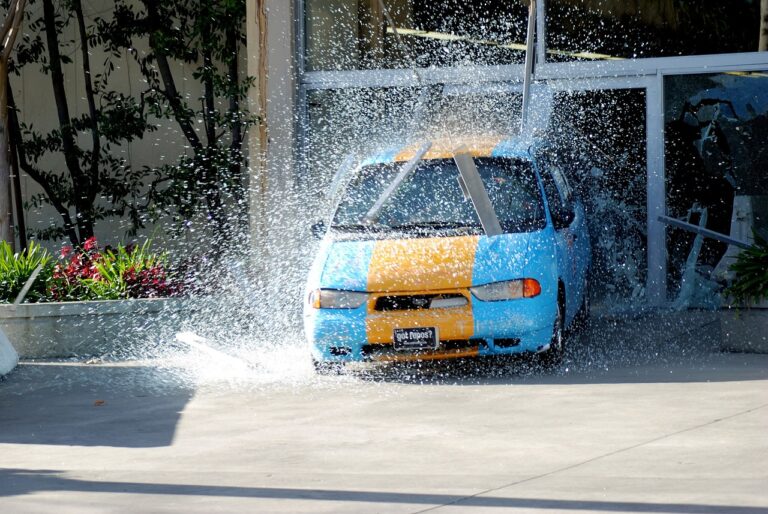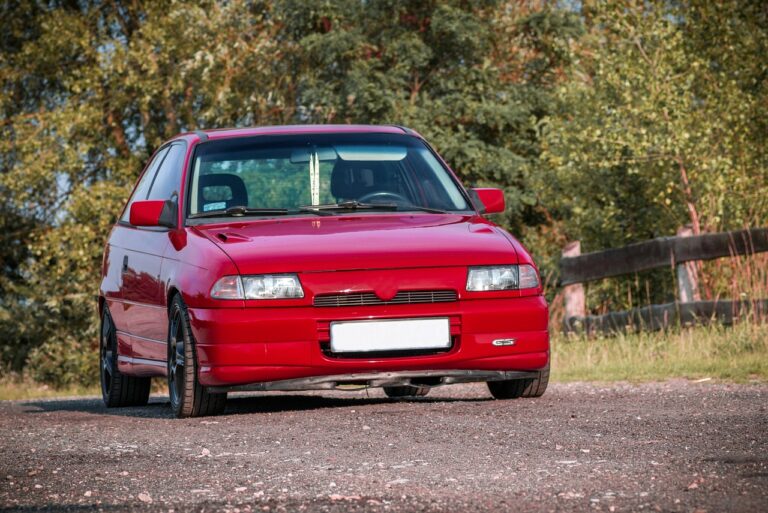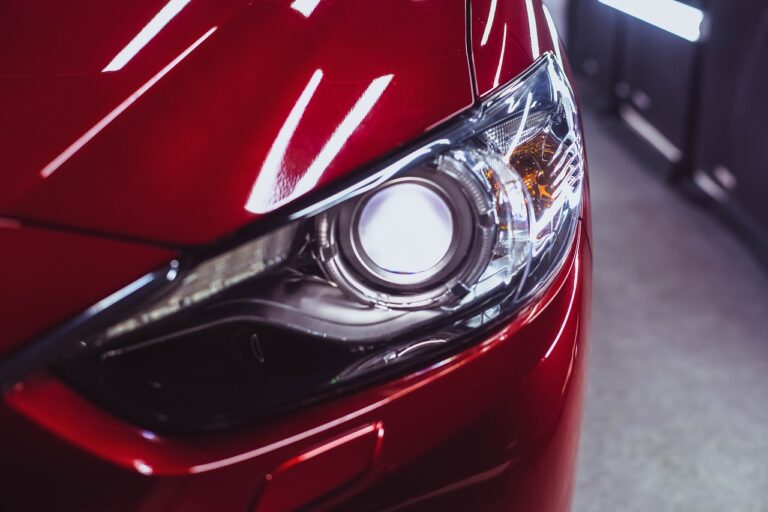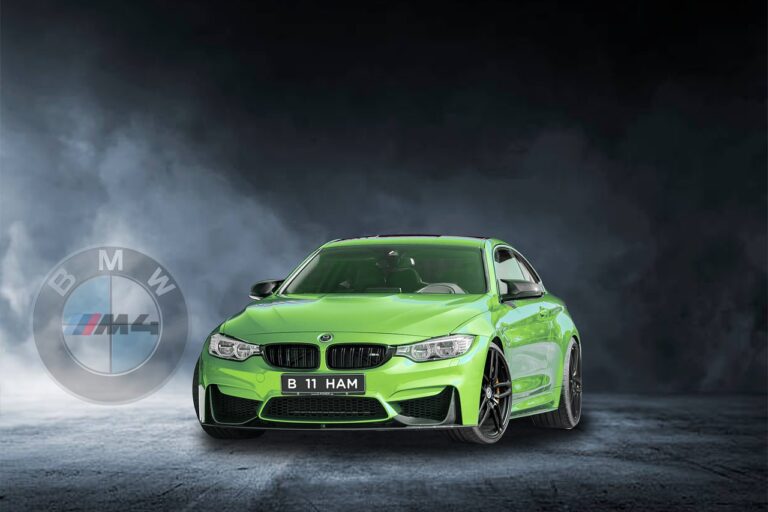Understanding the Role of Virtual Reality in Car Design and Prototyping
Virtual reality is revolutionizing the automotive design industry by providing designers and engineers with a powerful tool to visualize and test their ideas in a virtual environment. This technology enables automotive professionals to create and manipulate 3D models of vehicles, allowing for a more immersive and interactive design process.
By using virtual reality, designers can explore different design options, evaluate them from various perspectives, and make real-time adjustments to optimize the aesthetics, ergonomics, and functionality of a car. This not only enhances the creativity and innovation in automotive design but also accelerates the prototyping process, leading to faster development cycles and cost savings.
Advantages of Using Virtual Reality in Car Prototyping
Virtual reality (VR) technology revolutionizes the car prototyping process by offering a more immersive and realistic experience compared to traditional methods. Designers and engineers can visualize and interact with virtual car models in three dimensions, allowing for better evaluation of aesthetics and functionality. This enhanced level of detail and interactivity leads to more efficient iterations and refinements during the design phase.
Additionally, VR in car prototyping facilitates collaborative work among team members regardless of their physical locations. By creating a shared virtual environment, professionals can review and discuss the design in real-time, leading to quicker decision-making and problem-solving. This seamless collaboration not only saves time but also ensures that all stakeholders are aligned with the project goals, resulting in a more cohesive and successful final design.
How does virtual reality impact automotive design?
Virtual reality allows designers to visualize and interact with their prototypes in a realistic 3D environment, enabling them to make more informed decisions and iterate on designs more efficiently.
What are the advantages of using virtual reality in car prototyping?
Some advantages include cost savings, faster prototyping cycles, improved collaboration among team members, and the ability to test different design options in a virtual environment before physical production.
Can virtual reality be used for other aspects of car design besides prototyping?
Yes, virtual reality can also be used for design reviews, marketing purposes, and training simulations for manufacturing and assembly processes.
How does virtual reality contribute to a more sustainable approach to car design?
By reducing the need for physical prototypes and iterations, virtual reality helps minimize waste and energy consumption associated with traditional prototyping methods.
Are there any limitations to using virtual reality in car prototyping?
While virtual reality offers many benefits, it is important to note that it may not fully replicate the physical experience of interacting with a real prototype, and some aspects of design and performance testing may still require physical models.

